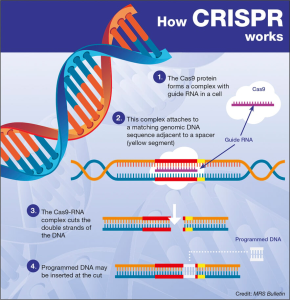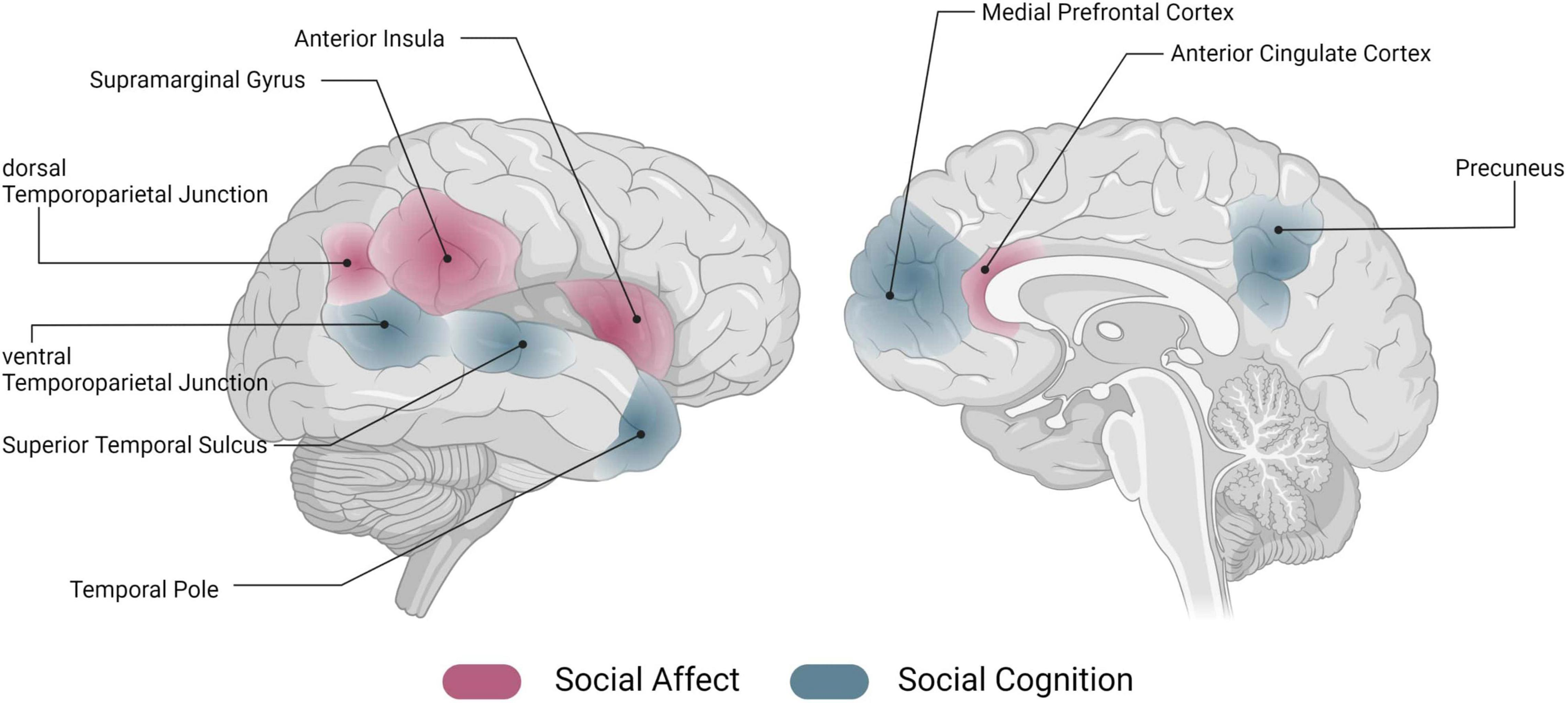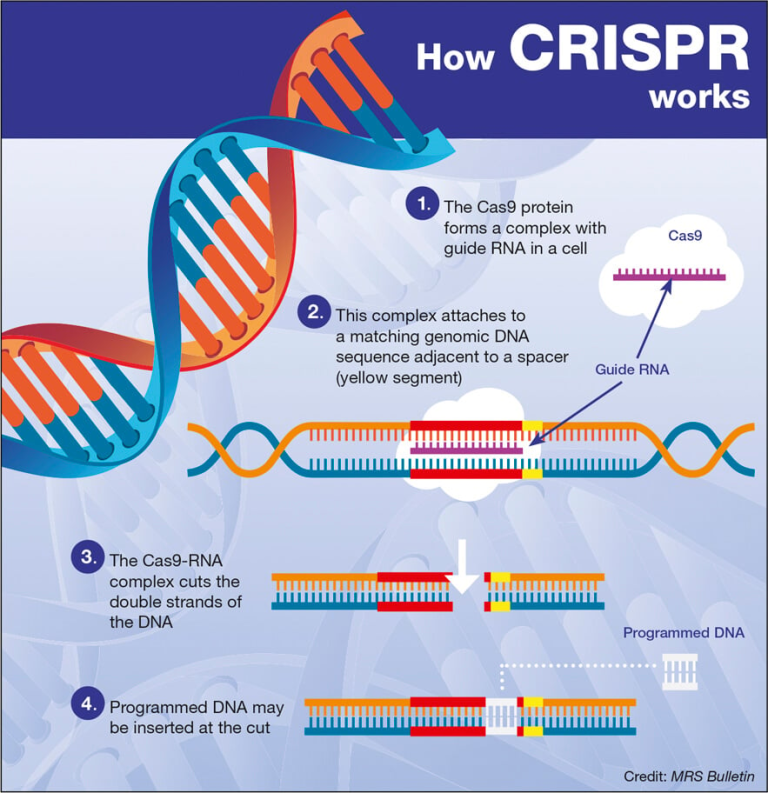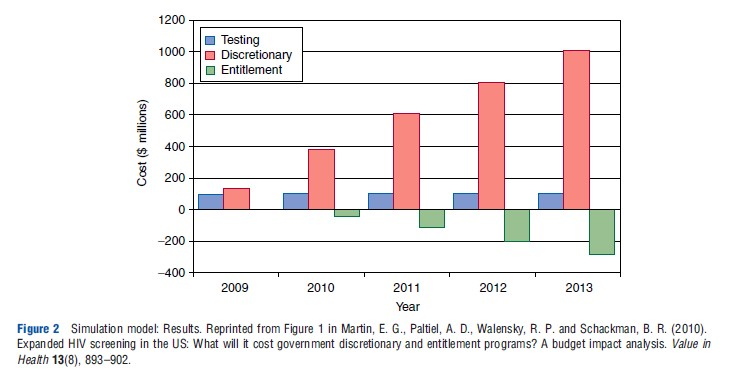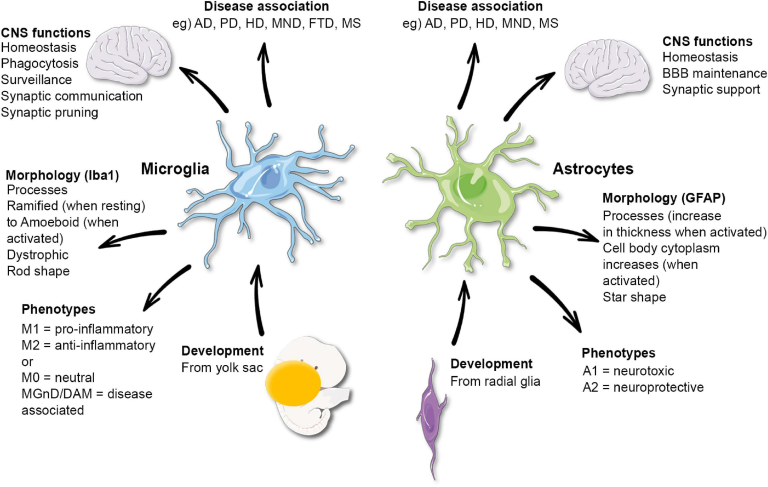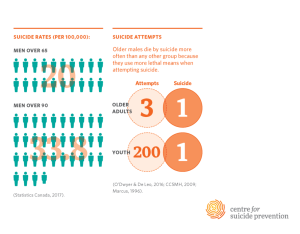The neurological basis of social connection is a pivotal area of exploration within brain science, shedding light on how our brains drive the fundamental need for social interaction. Recent research indicates that the desire for companionship is not merely a psychological preference but is deeply rooted in our brain’s wiring. Neuroscience research has begun to unravel the mechanisms that not only govern our instincts for socialization but also the detrimental effects of social isolation on our mental health. By understanding how our brains respond to loneliness, researchers can better address public health concerns related to social disconnection, which the U.S. Surgeon General has identified as a critical issue. This intricate web of brain activity not only influences our behaviors but also impacts our overall well-being, emphasizing the vital role of social bonds in leading a fulfilling life.
Examining the neural underpinnings of human relationships reveals an intricate dance between our brain’s circuitry and our social inclinations. Terms like social interaction and the imperative of companionship highlight that our craving for social ties might stem from biological needs rather than mere emotional desires. The connection between our neurological responses and social behaviors raises critical questions about how isolation can affect mental well-being. Moreover, understanding the mechanics of how social bonds are formed and maintained can provide invaluable insights into tackling issues of loneliness and mental health disorders. By investigating these dynamics, researchers aim to deepen our grasp on the essential role of human connections in fostering psychological stability and health.
The Importance of Social Connection in Mental Health
Social connection is increasingly recognized as a vital ingredient in maintaining mental health and overall well-being. Researchers have found that engaging in social activities not only improves mood but also acts as a protective factor against mental illnesses. The U.S. Surgeon General’s warning about social isolation underscores the seriousness of this issue, as prolonged loneliness can lead to detrimental health outcomes, including anxiety and depression. Engaging with friends and family stimulates the brain’s reward system, releasing neurochemicals like dopamine that promote happiness and emotional resilience.
Moreover, when individuals develop strong social ties, they experience lower levels of stress and anxiety. These connections contribute to a sense of belonging, which is crucial for mental health. Studies indicate that social support can buffer individuals against the adverse effects of stress, fostering a protective environment in which they can thrive. As researchers delve deeper into the neuroscience of social interactions, the link between mental well-being and social engagement becomes increasingly clear, revealing a compelling narrative about the fundamental need for connection.
Neurological Basis of Social Connection
Recent findings in neuroscience research highlight the intricate mechanisms underlying social connection. Every interaction, from a simple handshake to a heartfelt hug, engages a sophisticated network in the brain that drives our need for social engagement. Ding Liu’s studies uncover specific neurons in the hypothalamus that activate during periods of social deprivation, shedding light on the brain’s encoding of social needs similar to essential physical needs like hunger and thirst. Such breakthroughs illustrate how deeply rooted our social instincts are in neurological pathways, emphasizing that these connections are not merely emotional but have an evolved biological basis.
Furthermore, understanding the neurological foundation of social behavior can help address conditions marked by social withdrawal, such as autism and depression. The research suggests that by identifying the circuits associated with social connection, interventions can be tailored to encourage healthy social interactions. This approach not only enhances the quality of life for those struggling with social engagement but also promotes a broader understanding of how our brain processes relationships and social environments, paving the way for future therapies aimed at improving mental health.
Impact of Social Isolation on Neuroscience and Behavior
The negative implications of social isolation extend far beyond feelings of loneliness, affecting both brain function and overall behavior. Research shows that prolonged periods of social separation can lead to significant changes in neural circuitry, resulting in an aversion to social interactions. Liu’s observations of mice indicate that after extended isolation, their natural inclination to seek company is altered, suggesting that the brain can adapt negatively to a lack of social stimulation. This phenomenon raises important questions regarding human behavior, particularly in an era where digital communication often replaces in-person interactions.
Furthermore, the sensory aspects of socializing play a crucial role in fulfilling our inherent social needs. The experiments demonstrating that mice preferred tactile environments following isolation point to the significance of touch in social settings. For humans, the absence of physical contact, especially during the pandemic, has underscored this need. The loss of such vital interactions not only affects psychological well-being but may also lead to broader societal implications, highlighting the need for a return to physical gatherings to restore mental balance and reinforce social bonds.
Touch as a Critical Component of Social Interaction
Touch is a fundamental aspect of social behavior, often overlooked yet immensely powerful in fostering connections. Liu’s research emphasizes that tactile interactions are crucial for establishing and maintaining social bonds. Physical contact, such as hugging or simply holding hands, activates specific neural pathways that promote feelings of safety and belonging. In our increasingly digital world, the absence of such physical interactions can have profound effects on our mental health, making understanding the neuroscience of touch vital for promoting healthy social habits.
Moreover, the implications of these findings stretch into broader societal contexts. As we rely more on technology for communication, recognizing the psychological toll of reduced physical interactions will be crucial for mental health advocacy. Societies that prioritize physical connection will likely see healthier populations, as touch contributes to emotional well-being. Therefore, integrating opportunities for physical social interactions into daily life must be a priority moving forward, ensuring that core human needs remain met in an evolving world.
Exploring the Social Bonds and Their Psychological Effects
The exploration of social bonds provides significant insights into human psychology. The fundamental need for companionship and interaction contributes to a sense of identity and belonging, fostering positive mental health outcomes. Psychological research emphasizes that the depth of our relationships often influences happiness levels more than material wealth or success. Recognizing the psychological effects of social bonds highlights the need for stronger community networks where individuals feel safe and valued.
As researchers continue to study the dynamics of social relationships, they uncover how social interactions are intertwined with cognitive function and mental resilience. The reciprocal nature of social bonds, wherein positive interactions enhance mental health while poor relational dynamics can lead to stress or isolation, showcases the importance of nurturing healthy relationships. Understanding these mechanisms can lead to better strategies for mental health interventions, ultimately encouraging individuals to cultivate meaningful connections.
Innovations in Neuroscience Research on Social Needs
Innovative research methods in neuroscience are shedding light on the complex social needs that underpin human behavior. Techniques such as in vivo calcium imaging offer unprecedented insights into how specific neural circuits respond to social stimuli, whether that be through direct interaction or sensory perception. Understanding these dynamics opens doors for new therapeutic approaches that target the brain’s social circuits, potentially enhancing social functioning in individuals with mental health challenges.
Moreover, the advancements in technology allow for a more nuanced analysis of social behavior in laboratory settings, reinforcing the relevance of neuroscience in addressing public health concerns related to social isolation. By applying findings from animal models, researchers can hypothesize about human social needs and behaviors, ultimately furthering our understanding of the brain’s role in forming social connections. Such interdisciplinary approaches not only enhance scientific knowledge but also have powerful implications for mental health interventions in the community.
Connecting Social Interaction and Community Health
Social interaction plays a pivotal role in promoting community health and well-being. Community engagement fosters a sense of belonging and purpose, which are essential for emotional stability. Programs aimed at enhancing social connectivity—through communal activities, support groups, or social organizations—demonstrate significant positive effects on mental health. When individuals actively participate in their communities, they experience reduced feelings of loneliness and enhanced psychological resilience.
Additionally, communities that prioritize social interaction often exhibit lower rates of mental health issues, highlighting the interconnectedness of social networks and mental wellbeing. Initiatives that encourage collaboration and communication can serve as preventive measures against the rising tide of social isolation. By investing in the social health of communities, we can foster environments that support mental wellness, helping individuals thrive in their personal and social lives.
The Role of Neuroscience in Combatting Social Isolation
Neuroscience plays a critical role in understanding and combatting the effects of social isolation on mental health. As outlined in recent studies, isolating individuals can alter neural functions, leading to heightened aversion to social interaction. Understanding how these changes manifest in the brain allows for the development of targeted interventions aimed at restoring healthy social behaviors. Through neuroscience research, we can pinpoint vulnerabilities and protective factors in the brain’s response to social stimuli, enabling tailored approaches to reduce social isolation.
By examining the neural correlates of social needs, we can design programs that facilitate social engagement, ultimately mitigating the effects of loneliness. For example, therapeutic interventions could focus on stimulating the brain’s reward circuitry associated with social interaction, fostering positive experiences that encourage individuals to seek companionship. Furthermore, neuroscience can inform community health initiatives, promoting environments where social connection is prioritized, ultimately supporting mental health and well-being in the population.
Future Directions in Research on Social Connection
The future of research on social connection is poised to address the pressing public health issue of social isolation and its mental health ramifications. As studies reveal the biological and psychological underpinnings of social behavior, researchers can explore innovative solutions to enhance social connectivity in various settings. Collaborative efforts between neuroscientists, psychologists, and public health experts will be essential in developing comprehensive strategies that reflect the complexity of human social needs.
Moreover, future research should investigate how shifting social norms—due to technological advancements or societal changes—impact our understanding of social connection. Adaptations in communication methods, such as increased reliance on social media, necessitate a reevaluation of how we perceive human interactions and their effects on mental health. By continuously investigating these dynamics, we can advance our understanding of social connection and develop effective interventions to nurture psychological well-being across diverse populations.
Frequently Asked Questions
What is the neurological basis of social connection in humans?
The neurological basis of social connection involves specific neuronal circuits in the brain that govern social behavior, much like the circuits that control basic needs such as hunger and thirst. Recent neuroscience research, including studies by Ding Liu and his team, highlights the hypothalamus’s role in social homeostasis, revealing how the brain regulates the desire for companionship, thereby linking social connection directly to mental health.
How does social isolation affect mental health according to brain science?
According to brain science, social isolation has profound effects on mental health, as it can lead to significant changes in brain function and behavior. Studies suggest that prolonged isolation activates specific neurons associated with aversive experiences, potentially exacerbating conditions like depression and anxiety, thus underscoring the critical need for social connections to maintain mental well-being.
What role do neurons play in regulating social connection and mental health?
Neurons play a crucial role in regulating social connection by influencing our desire for social interaction. Research indicates that certain neurons in the hypothalamus are activated during periods of social deprivation and are responsible for driving the need for companionship, which is vital for mental health. Understanding these neural mechanisms can help address issues related to social isolation and mental health disorders.
Can the need for social interaction be compared to hunger in terms of neurological basis?
Yes, recent research posits that the need for social interaction may be neurologically comparable to the need for hunger. Just as hunger drives us to seek food, the brain encodes social needs as fundamental to our survival. This perspective, highlighted in the study by Liu and Dulac, suggests that our drive for social connection is innate and essential for mental health.
What implications does social connection have for individuals suffering from mental illness?
Social connection holds critical implications for individuals suffering from mental illness, as the inability to engage socially can exacerbate symptoms associated with conditions such as autism, depression, and schizophrenia. Understanding the neurological basis of these social needs can inform therapeutic approaches and highlight the importance of social interactions in the treatment and management of mental health.
How do sensory inputs influence social needs according to neuroscience research?
Neuroscience research has shown that sensory inputs, such as touch, significantly influence social needs. Experiments indicate that the absence of tactile interaction during social isolation can trigger a strong desire for companionship. This emphasizes the importance of sensory experiences in fulfilling social needs and highlights how modern interactions, often devoid of physical touch, may impact our social behavior and mental health.
What are the key findings regarding the brain’s response to social isolation?
Key findings regarding the brain’s response to social isolation indicate that prolonged solitary periods lead to alterations in how individuals respond to social situations. Researchers found that isolating mice changed their behavior towards social interactions, suggesting that the brain adjusts its response based on previous social experiences. This adaptation underlines the neurological complexity behind social needs and their relation to overall mental health.
| Key Point | Details |
|---|---|
| Social Connection as a Human Need | Health professionals recognize social contact as essential for well-being, paralleling basic needs like food and water. |
| Public Health Issue | U.S. Surgeon General labeled social isolation a significant public health concern in 2023. |
| Research Findings | A study in *Nature* identified a hypothalamic circuit that regulates social needs and interaction. |
| Loneliness and Mental Health | Mental health issues like autism, depression, and schizophrenia are associated with an inability to socialize effectively. |
| Neurological Insights | Researchers explored how social craving might reflect a need to avoid negative feelings, mimicking hunger or thirst. |
| Methodology | Mice were studied using isolation and reunion phases to measure neural activity related to social behavior. |
| Importance of Touch | Experiments showed that touch significantly affects social behavior, emphasizing its importance in both mice and humans. |
| Adaptation to Digital Interaction | As social interactions shift to screens, understanding the need for physical touch becomes vital for well-being. |
Summary
The neurological basis of social connection is an essential aspect of understanding human health. Research highlights social interactions as fundamental needs, closely linked to our basic biological drives such as hunger and thirst. As illustrated by recent studies, the brain’s intricate systems underpin the necessity for companionship, revealing that our instinct to connect goes beyond the desire for positive feelings and encompasses the innate urge to avoid negative experiences. Exploring these findings is crucial to addressing the mental health crisis exacerbated by social isolation and can ultimately improve our approach to fostering healthy human relationships.
